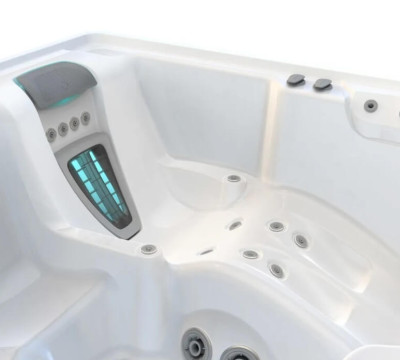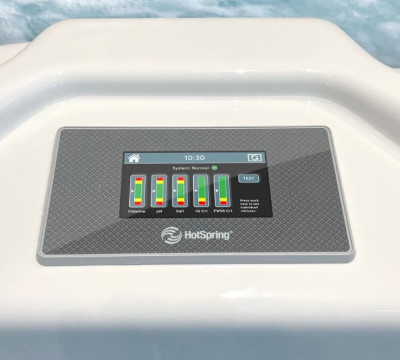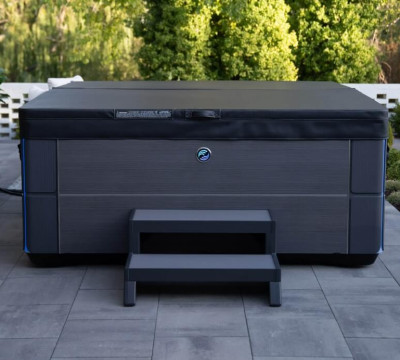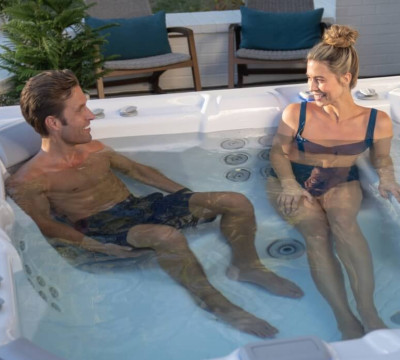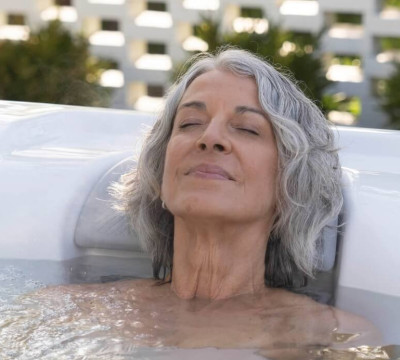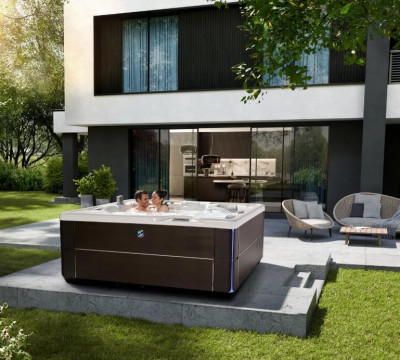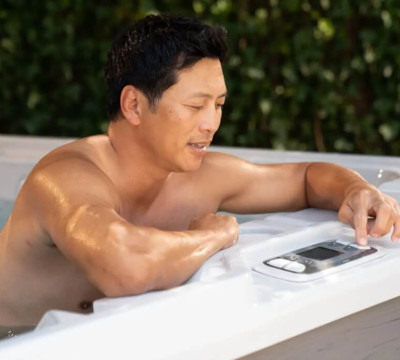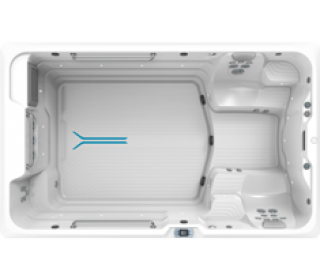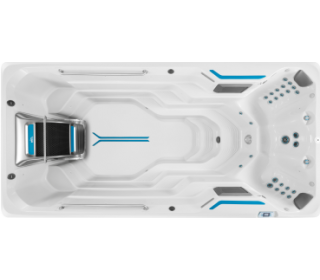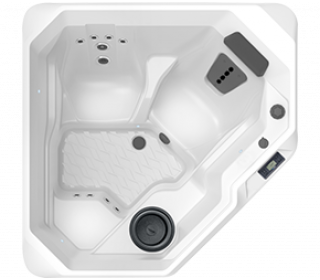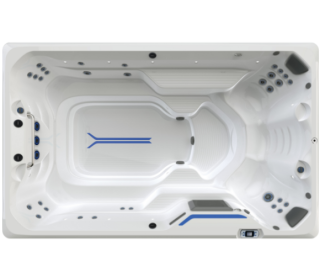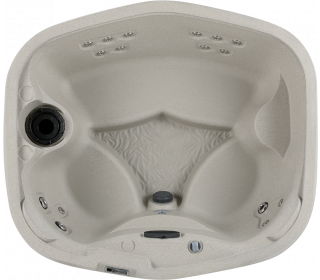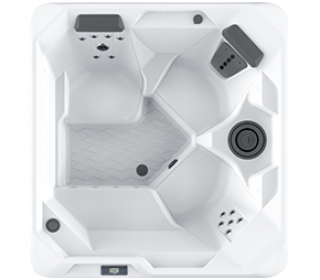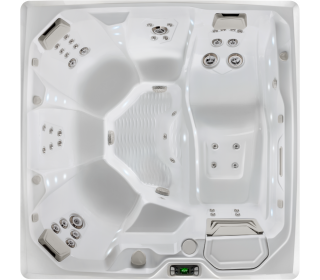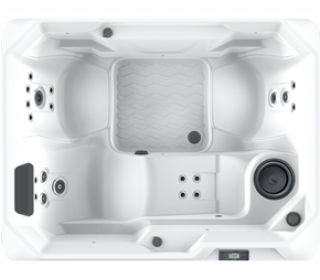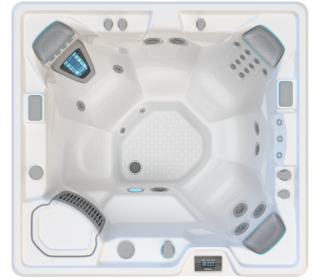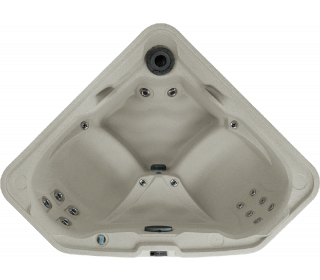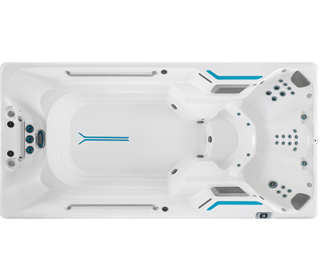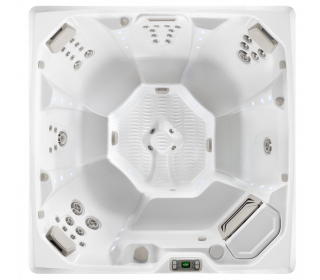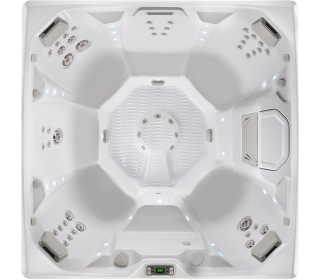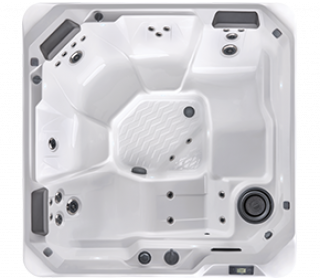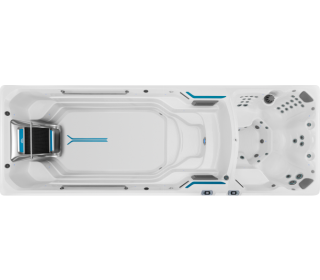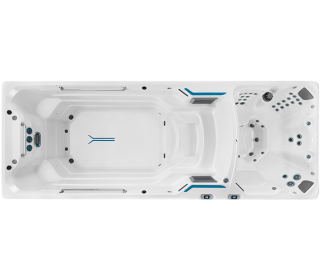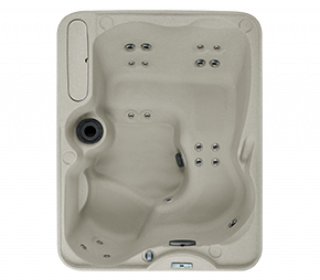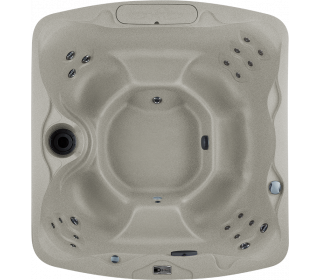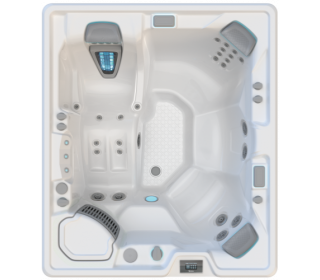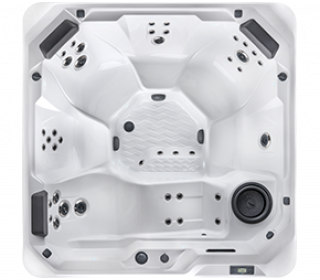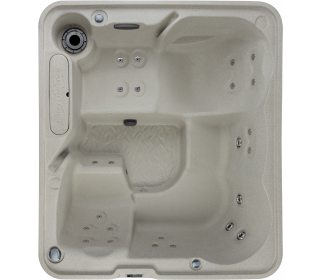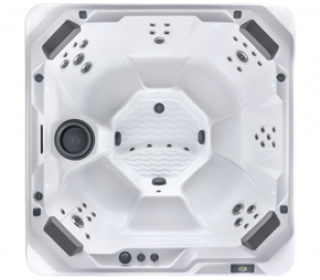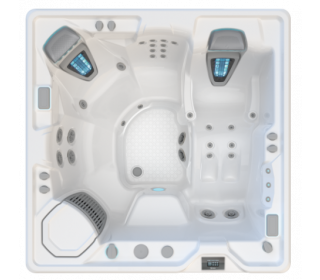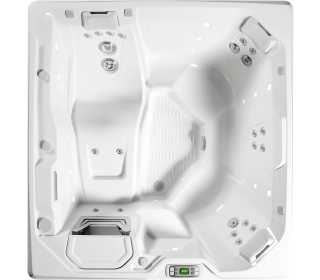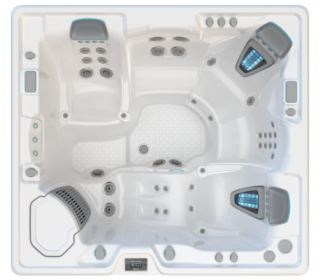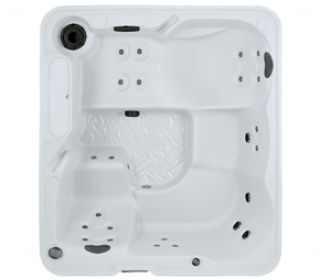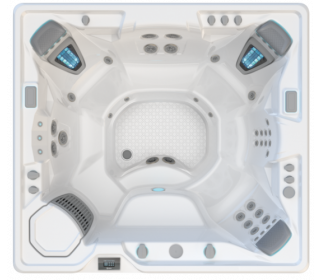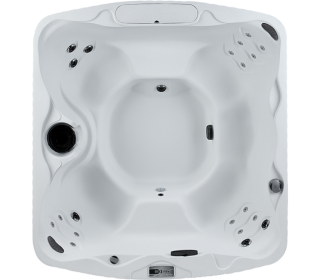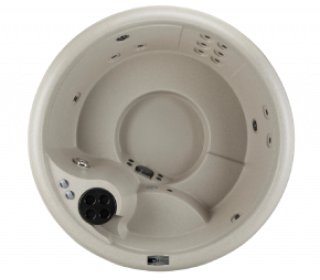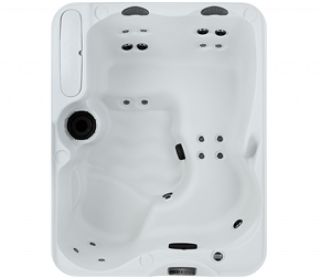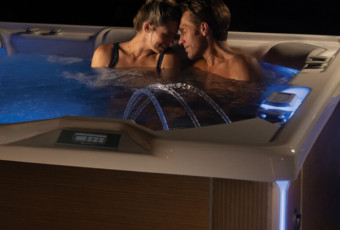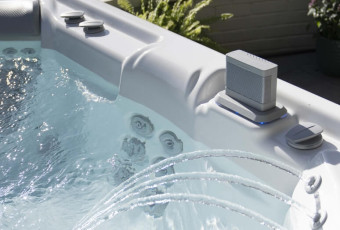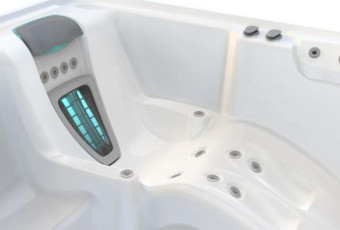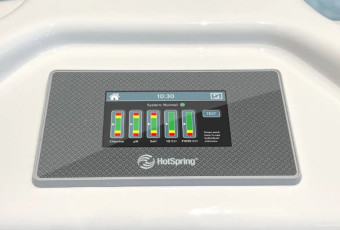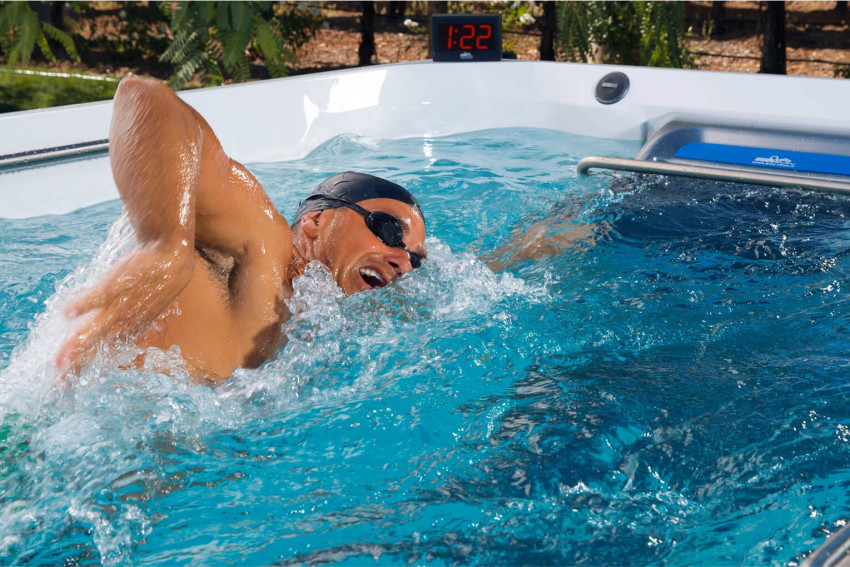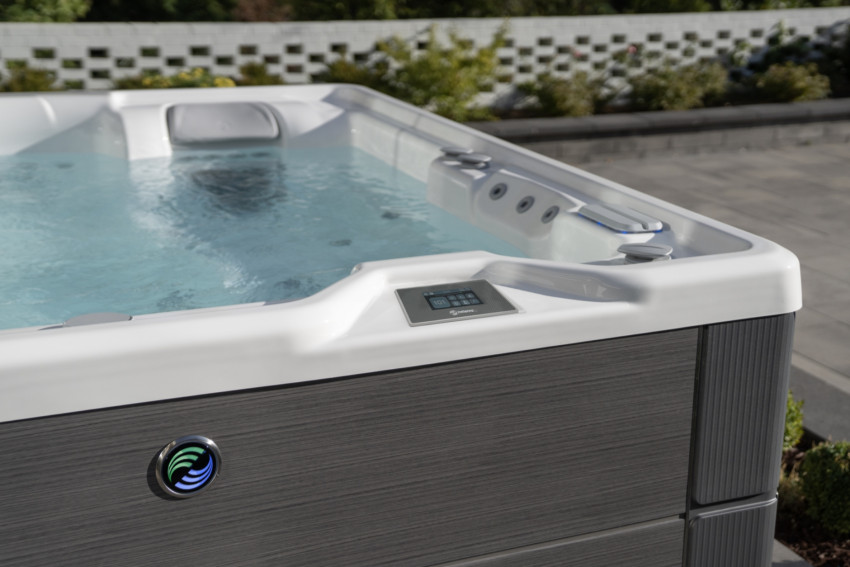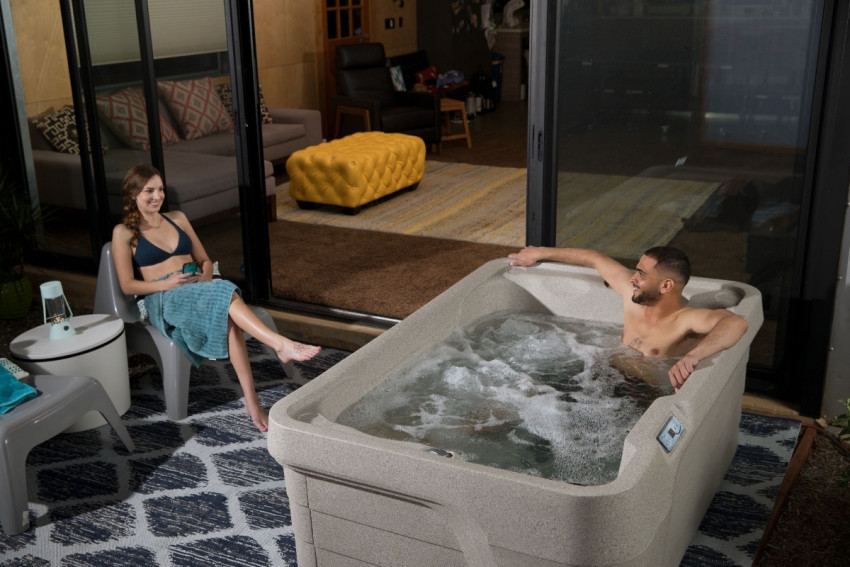Arthritis. This tenderness and swelling of joints is most commonly associated with the elderly – particularly in its two most common forms, osteoarthritis and rheumatoid arthritis – although the disorder actually comes in over 100 forms and can affect people of all ages. It’s a big problem, but could a spa pool or hot tub represent a possible treatment solution?
As it turns out, spa pool benefits include managing the symptoms of arthritis. The warm water expands blood vessels, bringing more nutrient-rich blood to soft tissues, the buoyancy of the water gives your body a break from fighting gravity, and low-impact aquacise can breathe new life into arthritis-affected joints.
How exactly does a spa pool help arthritis sufferers? Let’s take a closer look.
Arthritis in New Zealand
According to Arthritis New Zealand, around 670,000 Kiwis, or approximately 17% of the population aged 15 and over, suffer from arthritis, and often live through chronic arthritic pain. In fact, many sufferers find themselves in an existence defined by the pursuit of relief. But while medication and joint replacement can be effective treatment options, there may be a simpler and far less invasive way to manage symptoms: physical therapy.
And one of the forms this physical therapy can take might be more soothing, bubbly and fun than you had imagined. It could be time for a soak in a spa pool.
Is soaking in hot water good for arthritis?
The Ancient Greeks, the Romans, Māori; throughout human history all manner of civilisations have recognised the healing powers of warm water. In a pre-modern medicine world, warm water would often be the single form of treatment available, whether in the form of natural hot springs or man-made baths. And such is its effectiveness that the treatment remains widely used to this day.
Heat treatments loosen stiff joints, relieve achy muscles, and are some of the oldest, cheapest, and safest forms of complementary therapy around. And when compared to other heat treatments like heating pads and hot wax, warm water immersion is the most accessible, multi-faceted and all-embracing option.
Are spa pools good for psoriatic arthritis?
As it turns out, yes it is. When used as a complementary therapy, the warm water immersion, hydrotherapy and aquacise offered by Hot Spring spa pools and swim spas can be an incredibly effective way to treat psoriatic arthritis, reducing pain, regaining function and even leaving you in a better mental state.
For 30% of people with psoriasis, the autoimmune issues that define the disease will eventually turn inward. As well as affecting the skin, causing it to develop the trademark red and scaly plaques, the autoimmune disorder can also attack the soft tissues in the joints, leading to psoriatic arthritis.
The effects of warm water immersion and physical therapy in helping psoriatic arthritis are well documented:
- The buoyancy of the water takes weight off of muscles and joints, and the warmth opens blood vessels and increases blood flow, allowing for freer movement.
- The low-impact exercise that spa pools and swim spas enable has been shown to increase mobility, reduce pain, and enhance quality of life.
- Increased physical capacity can then lead to a range of psychological and social improvements.
For sufferers of psoriatic arthritis, the benefits of a spa pool soak are both extensive and well documented. While it’s a lifelong and potentially serious affliction, it’s perhaps comforting to know that one way it can be managed is by enjoying a long, bubbling and perfectly relaxing spa pool soak.
Are spa pools good for rheumatoid arthritis?
Yes, spa pools can help reduce pain, promote blood circulation and some joint stiffness, among other symptoms of rheumatoid arthritis. Rheumatoid arthritis is a long-term condition that causes swelling, joint pain and stiffness. If you’re looking for an at-home solution to reduce stiffness or gain relief from pain, a spa pool is a great option.
The repeated use of spa pools can relieve joint pressure, and help with achieving a much-needed endorphin boost. Spa pools, or hydrotherapy can also help with improving general health and well-being. The warm spa water can be incredibly beneficial as it gives you a chance to relax, and it offers symptom relief without any adverse side effects.
Warm water hydrotherapy has been shown to be effective for arthritis patients, and it continues to be a treatment option for those seeking pain and symptom relief. Spa pools are a natural remedy and offer many benefits for those seeking symptom control.
Are spa pools good for osteoarthritis?
Yes, a regular soak in a spa pool is indeed an effective way to manage the symptoms of osteoarthritis. The most common form of arthritis, osteoarthritis affects approximately 3.3% of the world’s population, with these numbers skewed toward the elderly – approximately 10% of men and 18% of women aged 60+ suffer from the condition. While there’s no cure for osteoarthritis, there are effective management techniques.
A hot tub or spa pool offers a three-pronged and entirely pleasurable treatment option for osteoarthritis. It works as a heat treatment, opening blood vessels and promoting the flow of fresh, nutrient-rich blood to the joints. It offers a gentle massage, which can relax joints and assist in pain relief. Finally, the buoyancy of the water can offer great relief to joints forever forced to fight gravity.

How does hydrotherapy help arthritis?
Hydrotherapy is the practice of doing exercise in a warm water pool to recover from illness and injury, to increase fitness, and to relieve aches and pains. If soaking in warm water is good for arthritis, is moving in that warm water even better?
While warm water immersion alone can be useful in reducing the symptoms of arthritis, pairing it with exercise can enhance the therapeutic effects. Hydrotherapy helps arthritis in three main ways:
- A physiological response: When you warm up soft tissues, whether a sore joint or a tired muscle, your body responds by increasing the size of your blood vessels, which leads to better circulation. With a greater flow of oxygen- and nutrient-rich blood being delivered to those tissues, they’re able to both operate better and work to mend themselves.
- Getting joints and muscles moving: Arthritis can lead to tension in the surrounding muscle. With warm water immersion resulting in more life-giving blood being delivered to your soft tissues, you’re able to move them more easily. Studies have shown that physical exercise can noticeably improve long-term pain relief in affected joints, while also encouraging total body health.
- A less impactful form of exercise: Hydrotherapy is exercise without all that annoying gravity. With your natural buoyancy offsetting the pull of the earth, you can move joints and muscles far more freely and with far less pain. Do regular hydrotherapy or aquacise, and you’ll begin to feel the benefits outside of the pool, including an improved level of fitness.
Is a hot tub good for knee pain?
The simple answer is yes, in the same way that a hot tub can form a helpful treatment for other forms of chronic soreness, such as nerve pain and back pain. And the reasons are physiological.
When you lower yourself into warm water, your blood vessels instantly expand. This allows more blood, and therefore more healing oxygen and nutrients, to get to soft tissues. All the while, the warmth of the water has a relaxing, almost sedative effect on soft tissues – what this paper calls a ‘direct analgesic effect’.
Are spa pools good for joints?
We now know that the warm water immersion offered by hot tubs helps your body help itself, and that hydrotherapy can breathe life into stiff and aching muscles and joints. But what if the water moved around you, instead of you moving through it?
In spa pools and hot tubs, cleverly designed jets are built to deliver much the same experience as a professional masseuse, working to knead and relax muscles and joints, and further stimulate blood flow. A hot tub therefore offers a rather complete, three-pronged approach to the management of arthritis symptoms.
Which exercise is best for osteoarthritis?
If exercise is seen as an effective treatment for osteoarthritis, the next question is obvious: which exercise is best? Ideally, it will be one that limits the possibility of pain and further damage to the affected joints, while improving an individual’s comfort levels and quality of life in the long term.
The aquacise and hydrotherapy offered by spa pools and swim spas represents the least impactful exercise option available to people with osteoarthritis. The warmth and buoyancy of the water allows for freer and less painful movement of joints, allowing a patient to regain function sooner.
Which is better for arthritis: A spa pool or a sauna?
Another form of heat therapy, one particularly popular in northern Europe, is the sauna. Rather than immersing yourself in a pool of water, a sauna instead sees heat transferred to you via particularly hot and humid air. But could a sauna be a more effective tool for arthritis pain management than a spa pool?
A spa pool ticks more boxes than a sauna when it comes to managing arthritis symptoms, for a few reasons:
- You’re unable to move and exercise in a sauna.
- Your body is forced to fight gravity, rather than float.
- Saunas lack soothing hydromassage jets.
One in six New Zealanders over the age of 15 suffer from some form of arthritis. But they needn’t suffer in silence, nor in perpetuity. Not only can your very own spa pool represent a serious enhancement to your backyard and your lifestyle, it might also help you to better manage the chronic joint pain that so many Kiwis feel.




